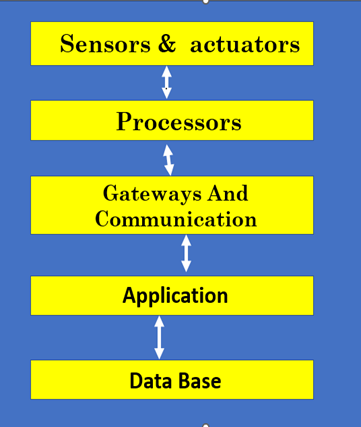Difference Between Procedural and Object-Oriented Programming (OOP)
Introduction
Programming languages can be
broadly divided into two major paradigms:
- Procedural
Programming (PP)
- Object-Oriented
Programming (OOP)
Both aim to solve problems, but
they differ in how they structure programs.
Procedural
Programming
Definition
A programming paradigm where the
program is divided into functions/procedures.
Execution happens step-by-step.
Key Features
- Focus
on functions rather than data
- Data
is exposed to all functions
- Uses
top-down approach
- Less
secure (data is global or openly available)
- Easy
for small programs
- Examples:
C, Pascal, Fortran
Example (C-style)
int a = 10, b = 20;
int add() {
return a + b;
}
int main() {
int result = add();
}
Note :- Data is global → accessible to
all functions.
Object-Oriented
Programming (OOP)
Definition
A programming paradigm where the
program is divided into objects, and objects are created from classes.
Key Features
- Focus
on data + functions together
- Uses a bottom-up approach
- Data
is hidden inside objects
- Supports
abstraction, inheritance, polymorphism, and encapsulation
- Better
security and reusability
- Examples:
C++, Java, Python (mostly OOP)
Example
class Calculator {
public:
int add(int a, int b) {
return a + b;
}
};
int main() {
Calculator c;
int result = c.add(10, 20);
}
Note:- Data and functions are hidden in the
object.
Procedural vs OOP
(Tabular Form)
|
Feature |
Procedural Programming |
Object-Oriented Programming |
|
Approach |
Top-down |
Bottom-up |
|
Focus |
Functions |
Objects |
|
Data Security |
Low (global data) |
High (data hiding) |
|
Data Handling |
Functions act on data |
Objects store & manipulate
data |
|
Reusability |
Less |
High (inheritance, polymorphism) |
|
Real-world Modeling |
Poor |
Excellent |
|
Maintenance |
Difficult for large programs |
Easy for large/complex systems |
|
Execution |
Sequence of procedures |
Interaction of objects |
|
Examples |
C, Fortran |
C++, Java, Python |
|
Main Building Block |
Function |
Class & Object |
Advantages of
Procedural Languages
Simple and easy to implement
Efficient for small programs
Less memory usage
Faster execution (no OOP overhead)
Disadvantages of
Procedural Languages
Not suitable for large software
Poor code maintainability
No data hiding
Reusability is low
Advantages of OOP
Models real-world concepts
Data hiding → secure code
Reusable code (inheritance & polymorphism)
Easy testing & maintenance
Large project suitable
Disadvantages of
OOP
Slightly slower (due to abstraction
layers)
Learning curve higher
More memory usage
Conclusion
- Procedural
programming
focuses on functions and follows a top-down approach,
suitable for small programs.
- OOP focuses on objects,
follows a bottom-up approach, provides data security,
reusability, and is ideal for large and complex systems.
- C++
is an Object-Oriented language,
though it supports both paradigms (hybrid).



0 Comments